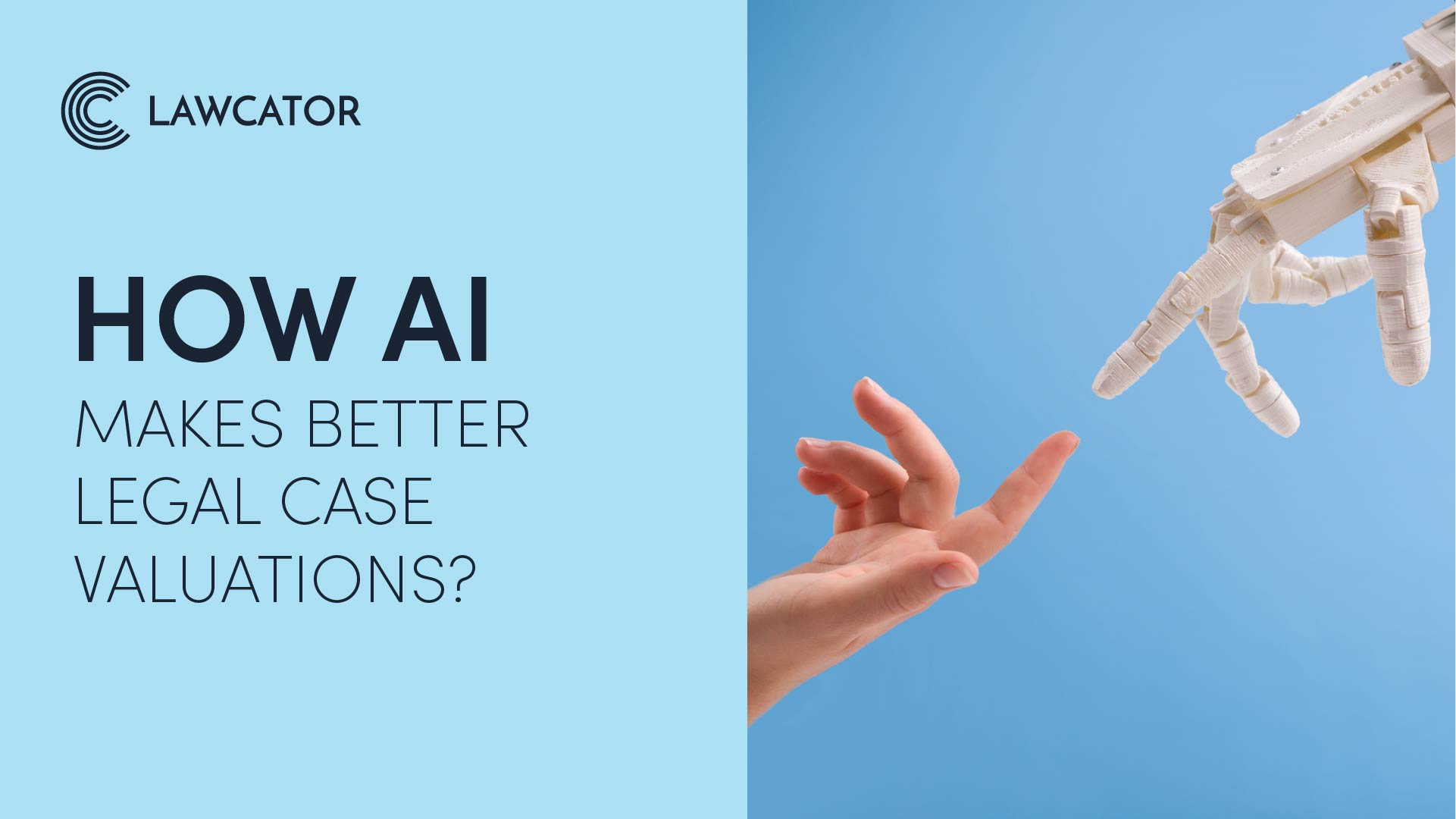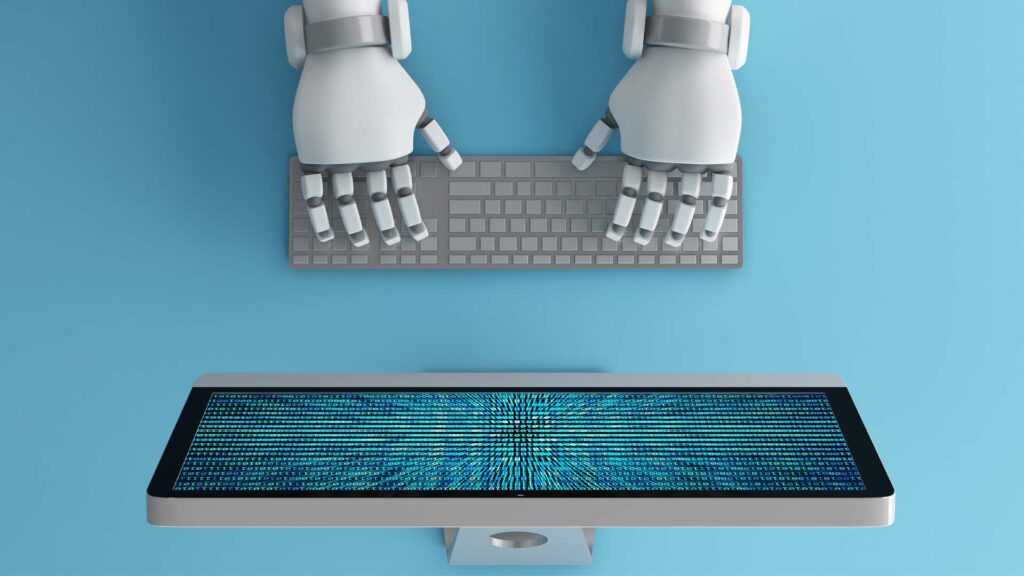
How AI makes better legal case valuations?
Deloitte predicts that up to 100,000 legal sector jobs will be replaced with varying forms of AI in the next 20 years. With Gartner, the top tech trend review site, predicting hyperautomation to be the biggest 2021 trend, it is no surprise. If unfamiliar, hyperautomation is the combination of artificial intelligence (AI) and machine learning (ML).
Predominantly, the lowest hanging fruit likely to be swallowed is repetitive, data entry tasks making many roles of the legal profession prime candidates for hyperautomation. From a modernization standpoint, we are on the precipice of disruptive change that is currently only scratching the surface of AI capabilities.
What have AI & ML achieved in the legal sector thus far?

AI and ML are quickly meandering through the profession claiming lower-skilled tasks with new advancements. Due diligence, research, legal document analysis and predictive creation and billing are just some of the areas being strengthened, improved and, in some cases, absorbed.
To use the integral task of research as an example, emerging technologies can now read over 1 million pages of law per second which is barely even fathomable for humans. We are now able to leverage a faster intake of information to summarize and find details pertinent to individual cases. As AI and ML course through the legal industry getting more intuitive, the possibilities are endless.
Artificial Intelligence Augmenting Valuations
The Problem with Human Valuations
Legal action most often comes about when one party feels unfairly treated by another and seeks damages or to be restored to a fair and just position. In almost all circumstances, this requires an assessment and valuation of what is necessary to rectify the situation.
For as long as the courts may remember, this is decided on the adjudication of the defense attorney to offer a monetary amount satisfactory to both parties but without offering any more than the recipient is willing to accept.
Figures are arrived at after considering the variables, discoveries, mitigating factors, arguments and circumstances incurred to generate an equitable number. The only issue is the figures suggested are subject to human error. That is not to question the ability of any lawyer or attorney but the ability of humans to assess incredibly intricate, layered, and multi-variate situations and attribute an encompassing numerical value.
What typically happens is that a lawyer will take an assessment of the potential damages, the concerns of image impacts with public exposure, the likelihood of losing a case even partially and what they believe the plaintiff would be willing to accept. By the time the calculations are done, they will offer a settlement figure where the tangible facts are given subjective weights meaning, they are often, an educated guess. Quite frequently, those guesses are an overestimation.
Where does AI fit in?
The difference between humans and AI is the speed and ability to process information. Humans will assess typically based on the best, worst, and most likely scenarios. We make our deductions informed by experience and intuition rather than exhaustive calculations.
As mentioned, the beauty of AI is processing speeds. AI can scan decades of previous cases and run simulation tests offering each variable different levels of importance to discover every possible permutation based on the input data. What results is a combined historical and simulation-based valuation having considered previous cases and likely outcomes.
Just as AI is imperious in calculation and machine learning has accelerated rapidly, both still require a human touch and human reasoning. Emotions, gravity, and humanness are irreplicable for the most part and command our intervention. For example, take harassment or discrimination cases. AI might understand the facts of the case and a million different outcomes, but it may not grasp psychological impact, public sentiment, social causes or how a jury can be swayed by outside forces.
The Future of AI in Valuations

What we are seeing is an industry wrangling with the possibilities of new valuation technologies to enhance case deliberation and save millions. The prospects are exciting for litigators and businesses. The right AI result will give foundations to contest outlandish claims and strengthen the case for legal representatives.
Naturally, the industry requires each technology to be vetted through an exhaustive process before being ready for practical use. Even successfully completing rigorous scrutiny, the industry will remain circumspect and apprehensive. If you have ever watched the movie ‘Moneyball’, today’s lawyers will soon be the Brad Pitts and Jonah Hills of the world faced with a sabermetric version of legal valuation analysis.
In Closing…
The current system of legal valuations is rife with avenues for manipulation. Objectivity and subjectivity are blurred constructs loosely employed. In truth, power dynamics are habitually a driver of valuations and how one side may influence the intangible factors over the other.
AI will eventually move the conversation in the direction of power parity for all participants allowing for more consistency in settlement claims. What we are likely to see way into the future is an objective machine projected settlement figure proposed to both parties for acceptance. Rejection by either will be the avenue to pursuing court adjudications based on human emotion and subjectivity.